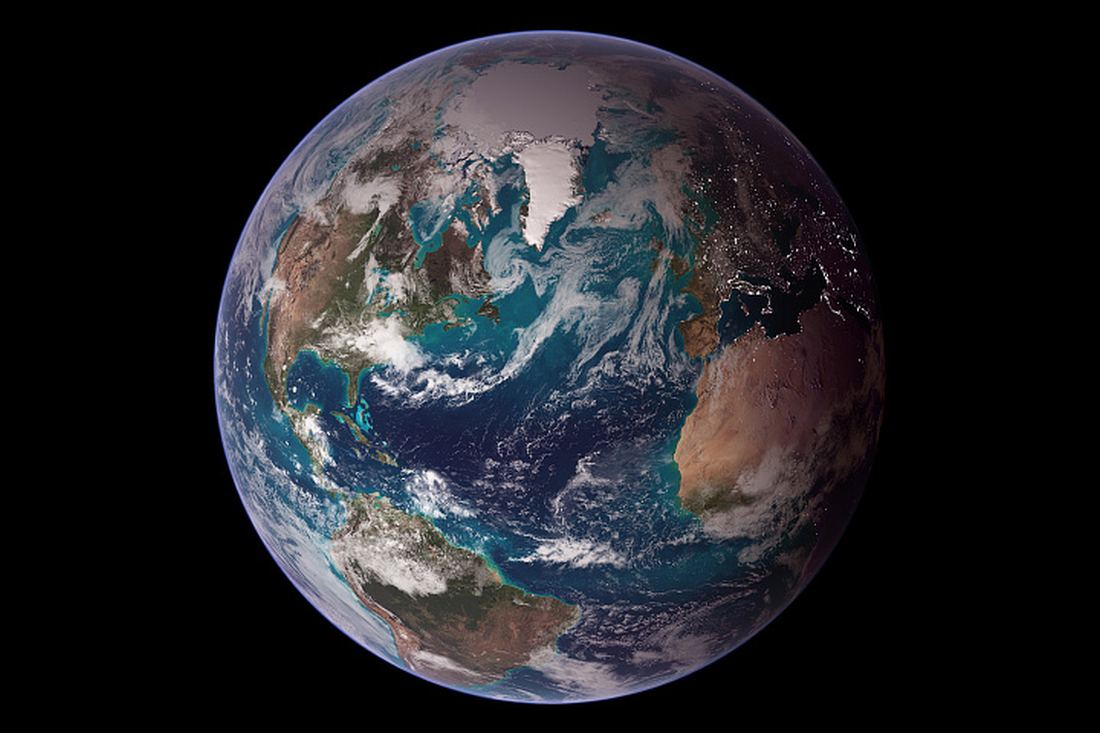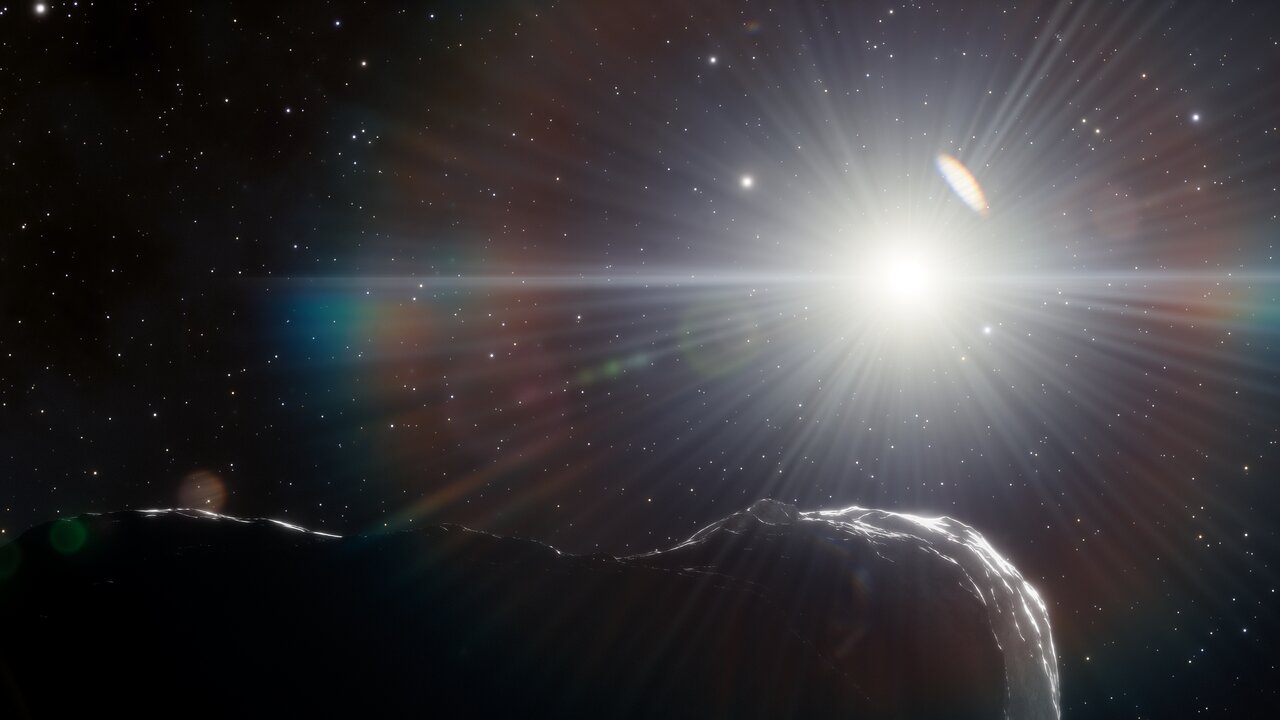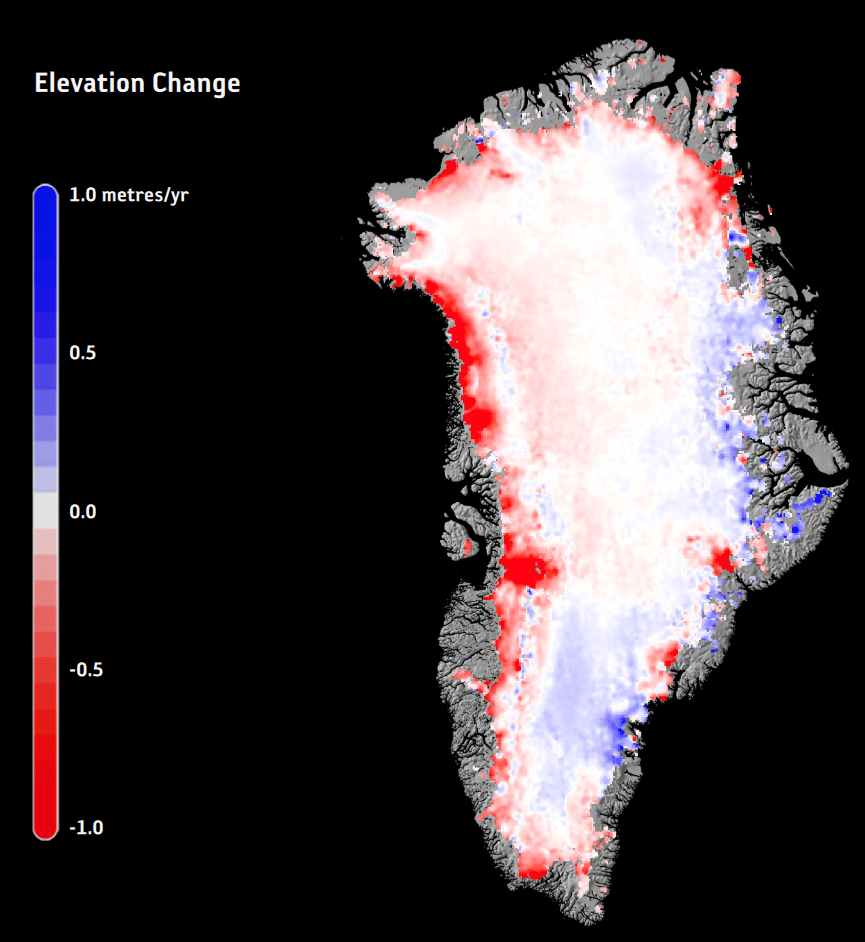The Sun is midway through its life of fusion. It’s about five billion years old, and though its life is far from over, it will undergo some pronounced changes as it ages. Over the next billion years, the Sun will continue to brighten.
That means things will change here on Earth.
Continue reading “Life Might Thrive on the Surface of Earth for an Extra Billion Years”









